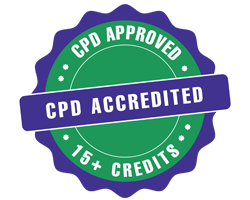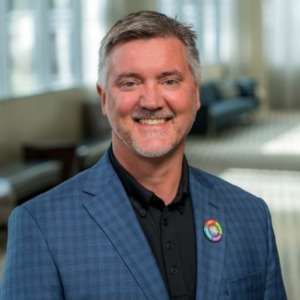Title : Crisis care 2.0: Transforming substance use systems into recovery gateways
Abstract:
Around the world, crisis care systems are evolving to meet the rising needs of individuals with mental health and substance use challenges. Yet, substance use disorder (SUD) treatment too often remains siloed in crisis services, limiting impact and leaving opportunities for engagement untapped. SAMHSA’s Crisis Care 2.0 guidelines outline a more comprehensive approach, one in which crisis systems serve as active gateways to recovery rather than brief stabilization points.
This presentation explores how integrating SUD care into every level of the crisis continuum — 988 call centers, mobile crisis teams, and crisis receiving facilities — can transform outcomes for individuals and communities. Drawing on decades of experience in crisis psychiatry and SUD treatment, as well as national consultation on crisis system design, Dr. Browning will share proven strategies for embedding evidence-based practices such as medications for opioid use disorder (MOUD), withdrawal management, harm reduction, and peer support into crisis workflows.
Real-world examples from U.S. communities will be featured, including Durham County’s post-overdose peer engagement model, Baton Rouge’s data-driven hotspot mapping, and North Carolina jail-based programs continuing MOUD and ensuring immediate linkage to community care upon release. The role of technology with call center and mobile dispatch platforms, real-time bed and referral registries, and outcome dashboards will be highlighted as a critical enabler for scaling these innovations, identifying gaps, and demonstrating return on investment.
By reframing crisis care as a fully integrated part of the substance use recovery system, communities can leverage the infrastructure, workforce, and reach of crisis services to address the ongoing overdose crisis, close treatment gaps, and reduce the economic and social toll of untreated SUD. This presentation will equip participants with both the conceptual framework and practical tools needed to operationalize this vision in their settings.




